18th Century George III Mahogany Serpentine Chest or Commode
Attributed to Henry Hill, Marlbrough
SOLD
Request Information
Follow Us
18th Century George III Mahogany Serpentine Chest or Commode
A fine George III mahogany serpentine commode, England, circa 1770. Attributed to Henry Hill, Marlbrough.
The three graduated drawers retain their original gilt brass handles over a unique carved apron and flanked by molded angles continuing into the shaped cabriole feet. The chest is in superb and original country house condition.
Attribution
Henry Hill was active in Marlborough Wiltshire from circa 1740 until his death in 1778 where he ran a diverse business encompassing furniture making, coach making, house agency and auctioneering. He was described in his obituary in 1778 as ‘one of the most eminent cabinet-makers and upholsterers in the Kingdom’ which was considered a great tribute to a cabinet maker working outside London. His clients were predominately Wiltshire landowners including the 9th Duke of Somerset at Maiden Bradley, Paul Methuen at Corsham Court, Henry Hoare at Stourhead, and Earl Bathurst at Cirencester Park. Hill was clearly aware of the prevailing London fashions and would have had access to publications including Chippendale’s designs for French Commode Tables (The Gentleman and Cabinet-Maker’s Director 1st Edition1754; Plate LXVI 3rd Edition 1763). He was also known to have employed immigrant labour (most likely German). All this is reflected in the designs of his furniture. His French Commodes were made with a number of variations dependent on his clients’ needs and budgets but invariably with three drawers and of serpentine form with flame figured veneers or marquetry, ormolu-mounted corners and a lobed front apron. The most documented commissions were for Lord Delaval (see bombe marquetry commode sold Bonhams London 19 October 2011). It seems likely that Hill had contact with Pierre Langlois with some of the mounts on his commodes being attributed to Langlois.
Condition
Fabulous and original country house condition with richly patinated surfaces!
Provenance
The provenance of this chest is also very interesting as it belonged to the late Major General Mark Bond, who was the last member of the Bond family to live at Moigne Combe. General Bond had an illustrious military career; he enlisted as a rifleman in 1940 following the Blitz of London. Major-General Bond served at the Battle of El-Alamein and the capture of Tunis. In 1943 Mark Bond was taken as a POW but managed to pull off a daring escape from his transport train. He was only recaptured after trying to steal supplies from the Germans. Major-General Mark Bond also served as aide de camp to Field Marshal Montgomery, NATO Deputy Supreme Allied Commander in Europe 1950. A letter from Field Marshal Montgomery thanking Mark Bond for his service is present at Moigne Combe. During his fascinating life he had a distinguished military career, held prestigious Dorset offices and maintained an active approach to conservation (planting over 60,000 trees on his estate).
Literature
Dimensions
PREVIOUSLY SOLD

17th-Century miniature table cabinet
The miniature table cabinet opens to an arrangement of drawers, a row of four, a bank of four and a long pen drawer, similarly veneered in oysters of olive.

A Delightful Mid 18th Century Irish Mahogany Console Table of Small Proportions (29”) Circa 1750-1760.
A Rare Mid 18th-Century Irish Mahogany Console Table of Small Proportions (29”)
With Moulded Edged Calacatta Rosati Marble.
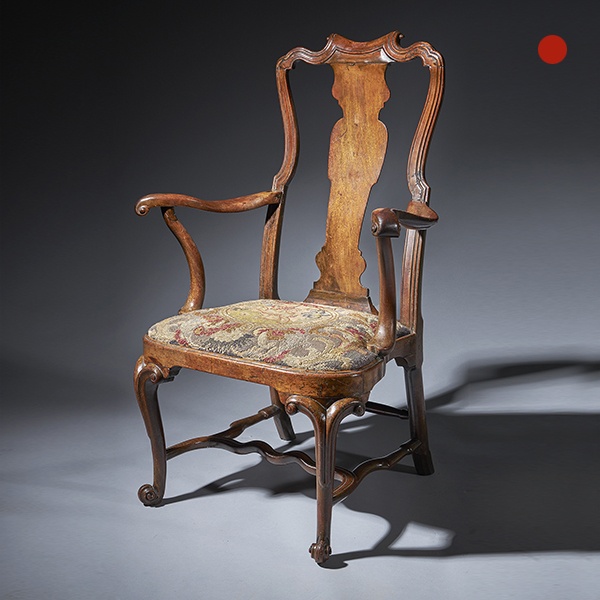
An extraordinary George I walnut armchair Circa 1725, England
An extraordinary George I walnut armchair of fabulous colour, form and patination. The chair is of the most lively shapes being either carved or turned.

A fine burr walnut George I dressing mirror. Circa 1715-25 England.
A fine burr walnut George I dressing mirror Circa 1715-25 England. SoldFollow UsA fine burr walnut George I antique dressing mirror An extremely rare and fine George I burr walnut dressing mirror raised on ball and bracket feet. The drawer...
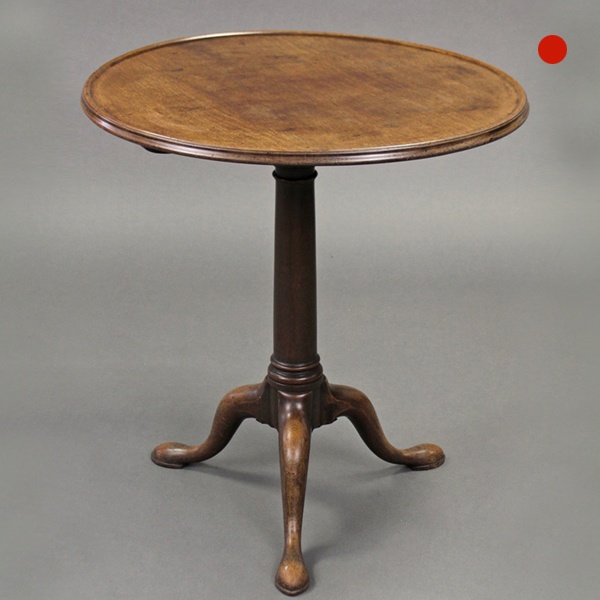
George III Mahogany Gun Barrel Tray Top Tripod Table Sofa Table Chippendale Period
A George III Mahogany Gun Barrel Tray Top Tripod Table, Sofa Table, Chippendale Period, circa 1770-1790, England. The circular tray top with moulded edge is raised on a gun-barrel centre column and cabriole legs with shaped pad feet.

George III Chippendale Period Mahogany Pie Crust Tray
A fine George III Chippendale period mahogany pie crust tray, circa 1770, England. Of circular form, with a carved and shaped edge. Alexander George Fine Antique sell 18th & 19th century antique English furniture.

17th-Century miniature table cabinet
The miniature table cabinet opens to an arrangement of drawers, a row of four, a bank of four and a long pen drawer, similarly veneered in oysters of olive.

A Delightful Mid 18th Century Irish Mahogany Console Table of Small Proportions (29”) Circa 1750-1760.
A Rare Mid 18th-Century Irish Mahogany Console Table of Small Proportions (29”)
With Moulded Edged Calacatta Rosati Marble.

An extraordinary George I walnut armchair Circa 1725, England
An extraordinary George I walnut armchair of fabulous colour, form and patination. The chair is of the most lively shapes being either carved or turned.

A fine burr walnut George I dressing mirror. Circa 1715-25 England.
A fine burr walnut George I dressing mirror Circa 1715-25 England. SoldFollow UsA fine burr walnut George I antique dressing mirror An extremely rare and fine George I burr walnut dressing mirror raised on ball and bracket feet. The drawer...

George III Mahogany Gun Barrel Tray Top Tripod Table Sofa Table Chippendale Period
A George III Mahogany Gun Barrel Tray Top Tripod Table, Sofa Table, Chippendale Period, circa 1770-1790, England. The circular tray top with moulded edge is raised on a gun-barrel centre column and cabriole legs with shaped pad feet.

George III Chippendale Period Mahogany Pie Crust Tray
A fine George III Chippendale period mahogany pie crust tray, circa 1770, England. Of circular form, with a carved and shaped edge. Alexander George Fine Antique sell 18th & 19th century antique English furniture.
YOU MAY ALSO LIKE
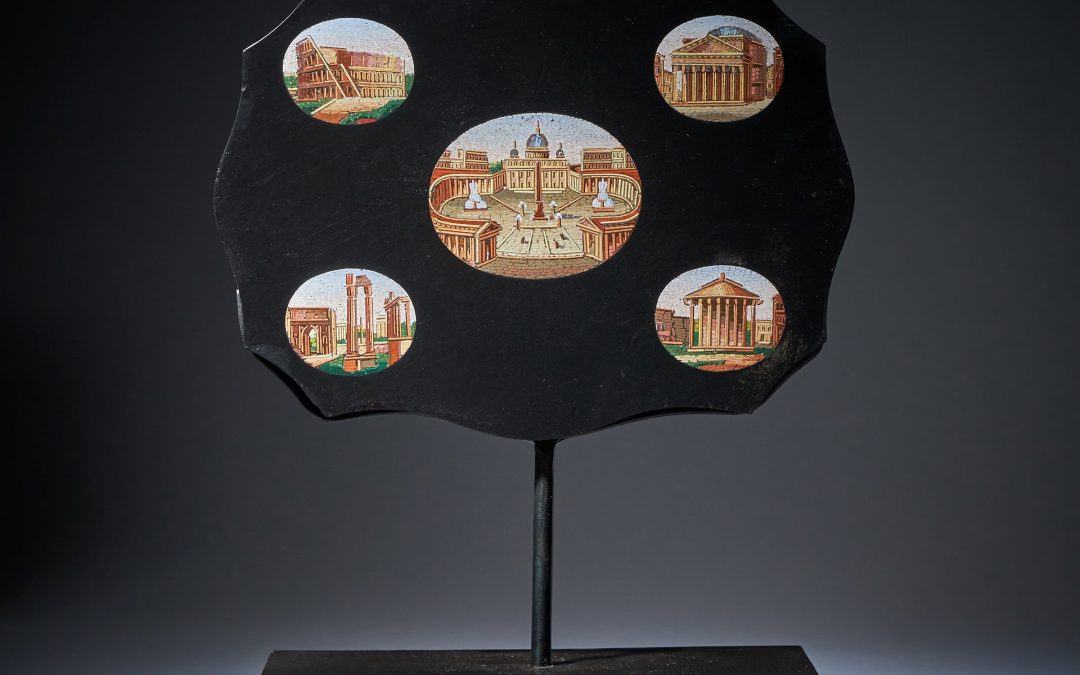
19th Century Grand Tour Micro Mosaic Tablet Depicting Italian Architecture
19th Century Grand Tour Micro Mosaic Tablet Depicting Italian Architecture £3,650Follow Us19th Century Grand Tour Micro Mosaic Tablet Depicting Italian Architecture A fine mid-19th century serpentine grand tour micro mosaic tablet or...
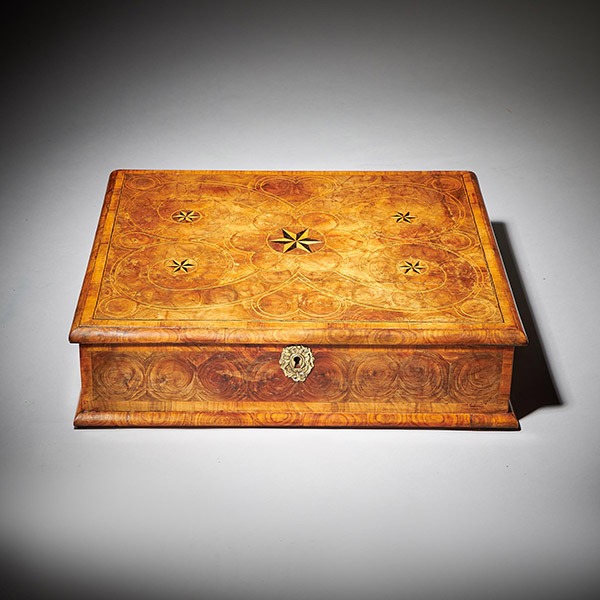
Large William and Mary 17th Century Inlaid Olive Oyster Lace Box, Circa 1690
Large William and Mary 17th Century Inlaid Olive Oyster Lace Box £5,500[wpforms_selector form_id="11387" show_title="on" _builder_version="4.22.1" _module_preset="default" custom_margin="-30px||||false|false" global_colors_info="{}"...
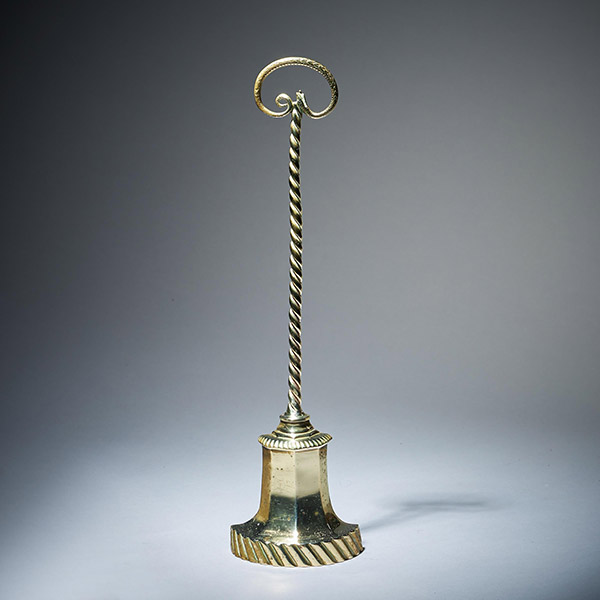
Early 19th Century High Regency Brass Snake Doorstop
Early 19th Century High Regency Brass Snake Doorstop £1,100Follow UsEarly 19th Century High Regency Brass Snake Doorstop A high Regency solid brass bell-shaped doorstop with snake handle, from the reign of George IV, Circa 1770. England The...
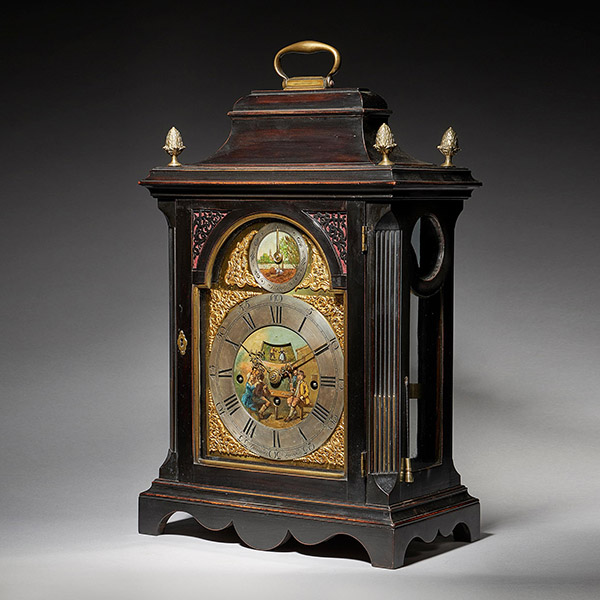
Extremely Rare George III 18th Century Quarter-Striking Bracket Clock, Signed
Extremely Rare George III 18th Century Quarter-Striking Bracket Clock, Signed Follow UsExtremely Rare George III 18th Century Quarter-Striking Bracket Clock, Signed An extremely rare George III 18th century ebonized quarter-striking bracket...

18th Century George III Carved Mahogany Serpentine Concertina Action Card Table
18th Century George III Carved Mahogany Serpentine Concertina Action Card Table £19,800Follow Us18th Century George III Carved Mahogany Serpentine Concertina Action Card Table A bold and impressive George III carved mahogany serpentine...
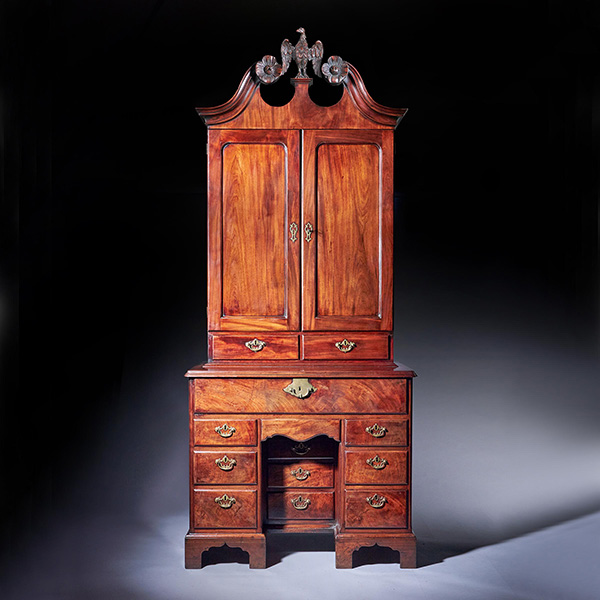
A George II Irish Mahogany Secretaire Kneehole Bookcase Att. C. Hearn
A George II Irish Mahogany Secretaire Kneehole Bookcase Att. C. Hearn £45,900Follow UsA George II Irish Mahogany Secretaire Kneehole Bookcase Att. C. Hearn An original and rare two-part George II 18th century Irish architects figured mahogany...

19th Century Grand Tour Micro Mosaic Tablet Depicting Italian Architecture
19th Century Grand Tour Micro Mosaic Tablet Depicting Italian Architecture £3,650Follow Us19th Century Grand Tour Micro Mosaic Tablet Depicting Italian Architecture A fine mid-19th century serpentine grand tour micro mosaic tablet or...

Large William and Mary 17th Century Inlaid Olive Oyster Lace Box, Circa 1690
Large William and Mary 17th Century Inlaid Olive Oyster Lace Box £5,500[wpforms_selector form_id="11387" show_title="on" _builder_version="4.22.1" _module_preset="default" custom_margin="-30px||||false|false" global_colors_info="{}"...

Early 19th Century High Regency Brass Snake Doorstop
Early 19th Century High Regency Brass Snake Doorstop £1,100Follow UsEarly 19th Century High Regency Brass Snake Doorstop A high Regency solid brass bell-shaped doorstop with snake handle, from the reign of George IV, Circa 1770. England The...

Extremely Rare George III 18th Century Quarter-Striking Bracket Clock, Signed
Extremely Rare George III 18th Century Quarter-Striking Bracket Clock, Signed Follow UsExtremely Rare George III 18th Century Quarter-Striking Bracket Clock, Signed An extremely rare George III 18th century ebonized quarter-striking bracket...

18th Century George III Carved Mahogany Serpentine Concertina Action Card Table
18th Century George III Carved Mahogany Serpentine Concertina Action Card Table £19,800Follow Us18th Century George III Carved Mahogany Serpentine Concertina Action Card Table A bold and impressive George III carved mahogany serpentine...

A George II Irish Mahogany Secretaire Kneehole Bookcase Att. C. Hearn
A George II Irish Mahogany Secretaire Kneehole Bookcase Att. C. Hearn £45,900Follow UsA George II Irish Mahogany Secretaire Kneehole Bookcase Att. C. Hearn An original and rare two-part George II 18th century Irish architects figured mahogany...






